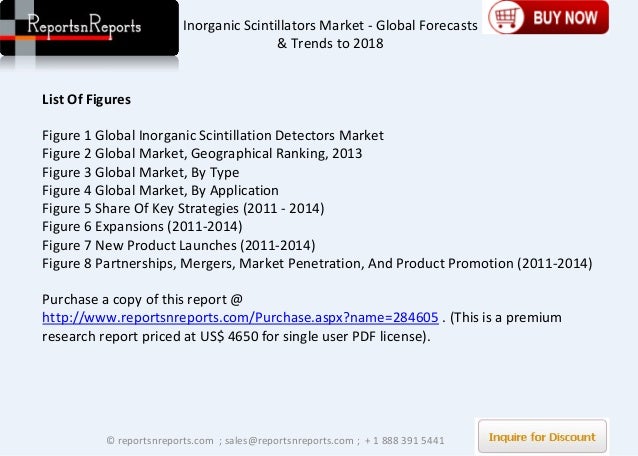

We show that these colour-tunable perovskite nanocrystal scintillators can provide a convenient visualization tool for X-ray radiography, as the associated image can be directly recorded by standard digital cameras. These features allow the fabrication of flexible and highly sensitive X-ray detectors with a detection limit of 13 nanograys per second, which is about 400 times lower than typical medical imaging doses. Unlike bulk inorganic scintillators, these perovskite nanomaterials are solution-processable at a relatively low temperature and can generate X-ray-induced emissions that are easily tunable across the visible spectrum by tailoring the anionic component of colloidal precursors during their synthesis. These nanocrystal scintillators exhibit strong X-ray absorption and intense radioluminescence at visible wavelengths.
#PHYSICAL PROCESSES IN INORGANIC SCINTILLATORS SERIES#
Here we describe experimental investigations of a series of all-inorganic perovskite nanocrystals comprising caesium and lead atoms and their response to X-ray irradiation. However, conventional scintillators are generally synthesized by crystallization at a high temperature and their radioluminescence is difficult to tune across the visible spectrum.

The ability of a scintillator to absorb high-energy (kiloelectronvolt-scale) X-ray photons and convert the absorbed energy into low-energy visible photons is critical for applications in radiation exposure monitoring, security inspection, X-ray astronomy and medical radiography4,5. Try to utilize DSO as much as possible in crystal tests.Abstract: The rising demand for radiation detection materials in many applications has led to extensive research on scintillators1–3.Decay time measurement with digital oscilloscope(DSO).Generally Teflon is the best reflector.Wrapping is important : tyvek, aluminized foil, teflon.Chochralski : melted and uplifted as rotating.Most inorganic scintillators are imported.If this x-ray escape from the detector, Emeasured=Egamma-Ex-ray Q3 : Can you see the escape peak with Cs-137 source(662 keV) ?.X-ray excape peak : when photoelectric absorption usually from K-shell electrons.For Cherenkov detector, the Quartz(fused silica) window preferable Įxample of intermediate size scintillator spectrum with 2 different energy gamma source Q : can you think over the origin of each peaks ?.Typically Photomultiplier 3 currents flows thru PMT Photons from scintillator are measured photosensor.


 0 kommentar(er)
0 kommentar(er)
